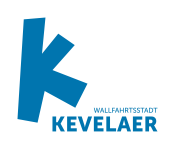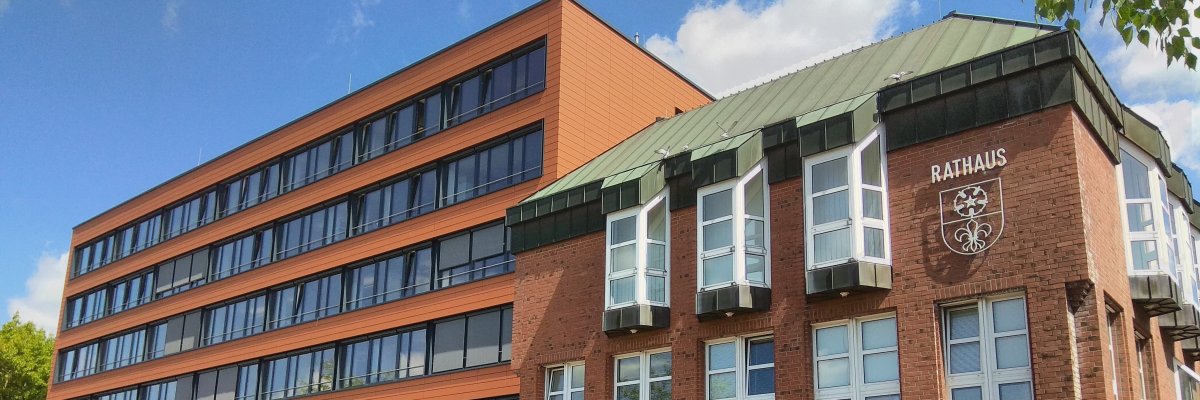Your training
as a draftsman / draftswoman (m/f/d),
Architecture
Location: "Facility Management" department
In this three-year apprenticeship, we will make you fit in theory and practice!
Draftsmen create drawings and construction documents for various buildings. To do this, they usually work on a computer with CAD programs. They produce floor plans, construction and execution drawings, building elevations and detailed drawings based on design sketches or instructions from architects and civil engineers. In doing so, they observe the relevant technical regulations. In addition to their drawing work, they also carry out specialist calculations. For example, they determine building material requirements, create parts lists and prepare measurements. They monitor the progress of construction projects and ongoing construction processes and ensure that the necessary documents, calculations and invoices are available on time. If necessary, they also create planning documents for tenders. In addition, draughtsmen manage the different versions of drawings for a project and save the data.
The relevant knowledge and skills are taught during the training at the pilgrimage town of Kevelaer (building management department) and at the vocational school (Kleve district vocational college in Kleve).
For example, the trainees learn at the training company:
- how to use application software to convert data, define and create layers, make drawing presettings and create and manage computer-aided drawings
- how construction processes are carried out, how calculations are made according to building regulations and how floor plans, sections and views are constructed
- what needs to be considered when designing various buildings and constructing them with different building materials, such as structures made of stone, wood or steel, foundations, underpinnings, excavations or trenches
- how to apply contractual and technical guidelines, regulations and information sheets as well as quality assurance instruments
- how to convert design sketches into structural drawings
- how quantity and mass calculations are carried out for tendering, awarding and invoicing
At vocational school, further knowledge is imparted in job-specific learning fields (such as building design planning, building construction, construction execution planning) as well as in general education subjects such as politics/social studies.
We are looking for people who are eager to learn, committed, communicate positively and are open to new ideas. We expect:
- At least Fachoberschulreife
- a good grade point average; especially good math skills
- High motivation, willingness to perform and learn
- Distinct spatial imagination
- a high degree of reliability and accuracy
- Communication and teamwork skills
- Interest in drawing and working with computers
We offer among other things:
- Qualified, varied, interesting and challenging vocational training
- optimal training support
- an attractive salary in accordance with TVAöD (monthly training allowance (gross) in the 1st training year (AJ): € 1,218.26, in the 2nd AJ: € 1,268.20, in the 3rd AJ: € 1,314.02)
- all the advantages of public service benefits, e.g. an annual special payment, payment of capital-forming benefits, vacation arrangements well above the statutory minimum vacation entitlement
The pilgrimage town of Kevelaer regularly trains one trainee (m/f/d) in this profession. As a rule, the training position is reallocated every three years (after the previous trainee (m/f/d) has completed their training).
As soon as the apprenticeship is advertised (usually in the fall), you are welcome to apply via our online application portal.

